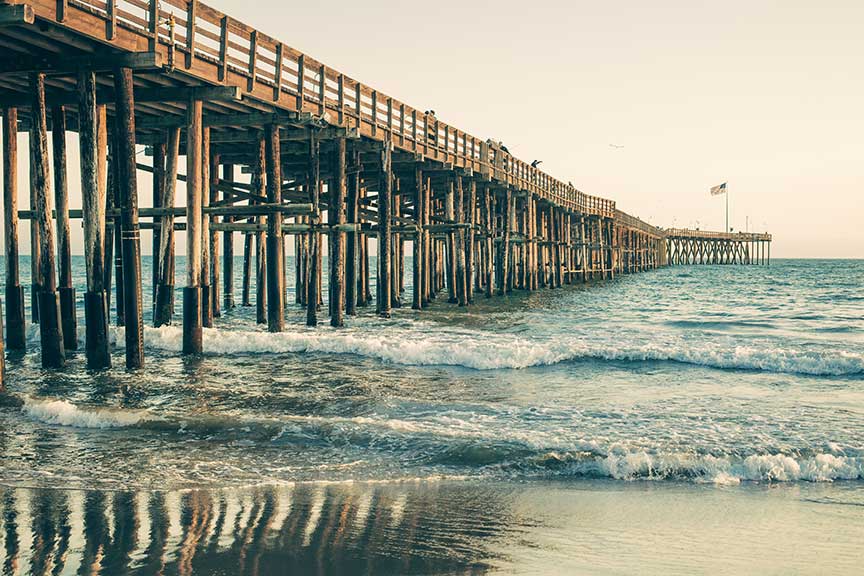Castle Rock

Basic Information
Population 2021: 81,415
97.5% of the populution has a HS or higher education
There are 25,100 housing units in the city
5.3% of the residents were born abroad
Median Household Income:$135,985
3.5% of the Residents Live below the poverty line
Total Area 34.29 Sq Miles
4,59 of the city residents are veterans
Millers Landing
History of Castle Rock
Early Inhabitants and Exploration
Before European settlers arrived, the area around Castle Rock was inhabited by Native American tribes, including the Arapaho and Cheyenne. These tribes utilized the region's resources for hunting and gathering. The first European explorers to traverse the area were primarily fur trappers and traders in the early 19th century.
Gold Rush and Initial Settlement
During the mid-1800s, the Pike's Peak Gold Rush brought an influx of settlers to the region, though the immediate area around Castle Rock did not yield significant gold deposits. Instead, settlers found rhyolite stone, which became a valuable resource. The establishment of the Colorado Territory in 1861 spurred further settlement and development.
Founding of Castle Rock
Castle Rock was officially founded in 1874. The town's name is derived from the prominent, castle-shaped butte that dominates the landscape. This natural landmark became a symbol of the town and a focal point for early settlers.
Quarrying and Economic Development
The discovery of rhyolite stone led to the establishment of several quarries in the area. Rhyolite was a popular building material at the time, used in constructing many buildings in Denver and the surrounding region. The Denver & Rio Grande Railroad reached Castle Rock in 1871, facilitating the transportation of stone and contributing to the town's growth.
Early 20th Century
In the early 1900s, Castle Rock remained a small, agricultural community. The population grew slowly, and the town served as a service center for the surrounding rural areas. Agriculture, particularly cattle ranching, became an important part of the local economy. The town also had several small businesses and services catering to the needs of local residents.
Mid-20th Century
Castle Rock saw gradual growth throughout the mid-20th century. The construction of Interstate 25 in the 1950s made the town more accessible, leading to increased residential and commercial development. By the 1970s, Castle Rock was beginning to transition from a small rural town to a suburban community, attracting families and businesses looking for a quieter alternative to Denver.
Modern Era
The latter part of the 20th century and early 21st century brought rapid growth and development to Castle Rock. The town's population expanded significantly, from approximately 3,900 in 1980 to over 73,000 by 2020. This growth was driven by Castle Rock's attractive location, affordable housing, and high quality of life.
Preservation and Community
Despite its growth, Castle Rock has maintained a focus on preserving its historic charm and natural beauty. The town's historic downtown area is a vibrant hub of activity, featuring shops, restaurants, and community events. Castle Rock also emphasizes the importance of open spaces and parks, offering numerous recreational opportunities for residents and visitors alike.
Cultural and Recreational Attractions
Castle Rock is known for its scenic beauty and outdoor activities. The Rock Park, home to the iconic Castle Rock formation, offers hiking trails and stunning views. Philip S. Miller Park, with its extensive recreational facilities, is a popular destination for families. The town hosts various annual events, including the Castle Rock WineFest and the Starlighting ceremony, which foster a strong sense of community.
Future Prospects
Castle Rock continues to grow and evolve, balancing development with the preservation of its historical and natural heritage. The town's strategic planning efforts focus on sustainable growth, ensuring that Castle Rock remains a desirable place to live, work, and visit.
Additional Info
 >
>